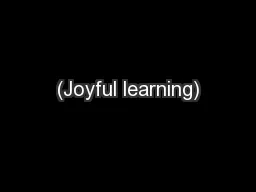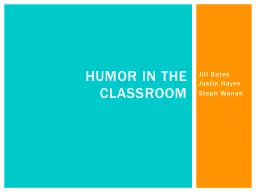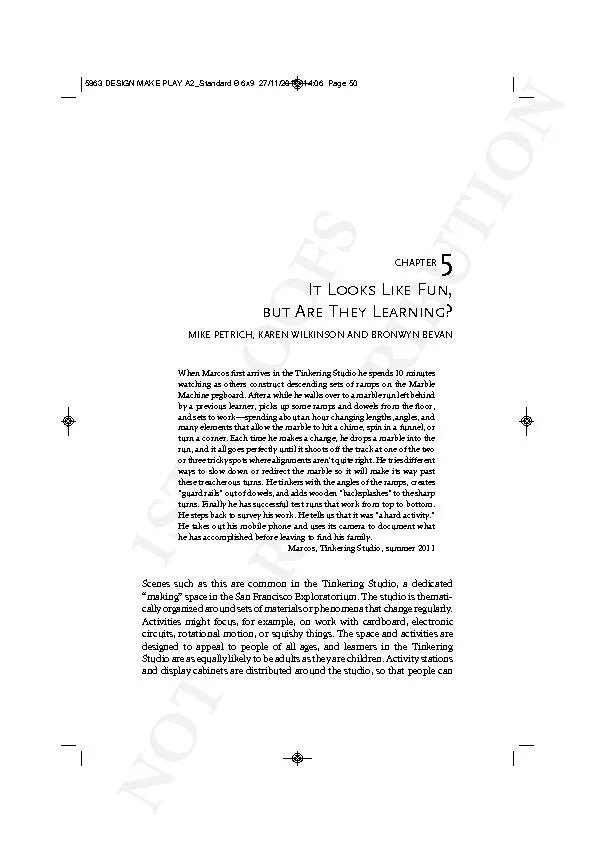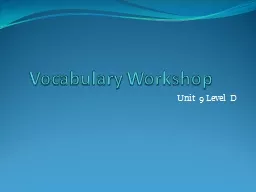PDF-(Joyful learning)
Author : marina-yarberry | Published Date : 2016-06-18
Nali kali 150The Best practices of Karnataka India has an exceptionally rich diversity of communities ranging from tribes to technologist India also has the most
Presentation Embed Code
Download Presentation
Download Presentation The PPT/PDF document "(Joyful learning)" is the property of its rightful owner. Permission is granted to download and print the materials on this website for personal, non-commercial use only, and to display it on your personal computer provided you do not modify the materials and that you retain all copyright notices contained in the materials. By downloading content from our website, you accept the terms of this agreement.
(Joyful learning): Transcript
Download Rules Of Document
"(Joyful learning)"The content belongs to its owner. You may download and print it for personal use, without modification, and keep all copyright notices. By downloading, you agree to these terms.
Related Documents














